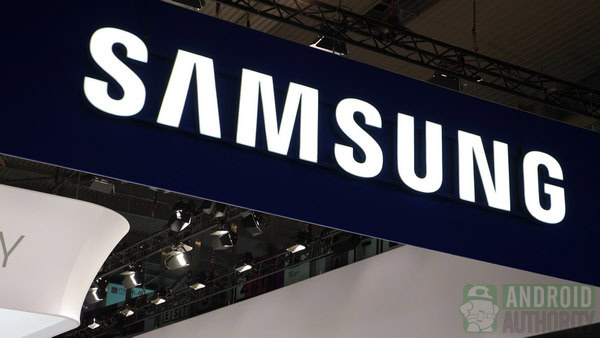Affiliate links on Android Authority may earn us a commission. Learn more.
Samsung continues to expand the low end market, while balancing high and mid-range presence
March 22, 2013

Samsung and Apple might be major rivals in the smartphone market, but that doesn’t mean that their strategies are identical, regardless of what some people might tell you. While Apple is largely content with the high-end market, Samsung plays a balancing act between both the high, mid and low-end ranges.
In a new report from Wall Street Journal, Samsung is said to understand the importance of the mid and high-range market, but at the same time is putting more focus into solidifying its position as a leader of the lower-end market as well. In fact, it has released several low-end devices with little fanfare this year.
“We are quite active in the low-end smartphone market and we will continue to compete in this area,” says Samsung’s J.K. Shin in a recent interview with the WSJ. “In markets like Indonesia, consumers are switching from feature phones to smartphones and the low-end market is developing quickly.”
Shin isn’t kidding, either. Samsung’s presence in the Indonesian smartphone market has been spreading like wildfire over the last few years. While Apple only has 1% of that market, Samsung’s share has jumped from around 2% in 2010 to nearly 50% last quarter.
The importance of the low-end Android devices in emerging markets
On the low-end, Samsung not only has popular feature phones but continues to push low-cost Android offerings in both emerging markets and in more established markets in Europe and North America. With many consumers moving to smartphones for the first time, Samsung has a lot to gain by expanding its low-end market presence and converting as many users as possible to Android phones like the Samsung Galaxy Young.
Why is that? As the wise and all-knowing Puff Daddy once told us so long ago, “it’s all about the Benjamins, baby.” Operating margins for feature phones are only around 2% to 3%, according to Mark Newman, an analyst with Sanford Bernstein. In contrast, Samsung’s low-end smartphones bring in around 12%.
When it comes to profit, high-end devices like the Galaxy S4 and Note 2 bring in even more at close to 28%, but Samsung realizes that as the market grows, they will continue to see folks with modest smartphone needs that won’t want to spend top-dollar for a handset. The company might make less profit from cheap phones, but if they can sell more of them, it is still a win-win for Samsung.
Samsung has something for everyone
Samsung is one of the few major companies out that seems to fully grasp the importance of catering to all kinds of users, regardless of their budget.
Of course not everyone seems to think that’s a good idea. Neil Mawston of Strategy Analytics cautions that Samsung needs to be careful. “Pushing too hard on cheap smartphones could cheapen the Samsung brand,” asserts the analyst. “And the cheaper smartphones get, the smaller their profit margins usually become.”
Despite Mawston’s warning, Samsung continues to expand its marketshare and a large part of that success is due to its strategy of offering something for everyone.
Brands like LG and HTCmight try, but no one else has mastered all segments of the market the same way that Samsung has, and it is clearly paying off. Late last year, Samsung even stole the crown of most cellphone shipments from Nokia for the first time in 14 years. The war for phone marketshare dominance is an aggressive one, but Samsung seems determined to leave the competition in the dust.
What do you think, does the idea that Samsung has low-end devices for budget consumers affect your perception of Samsung in a negative way? Or do you like the Samsung is bold enough to cater to all kinds and not just the ‘elite few’ like Apple does?